Ofloxacin HCL Powder
Product Details:
- Taste Bitter
- EINECS No 617-150-3
- Solubility Freely soluble (about 12 mg/mL at 25 C).
- Molecular Weight 397.83 Kilograms (kg)
- Storage Room Temperature
- Boiling point not provided in the search results.
- Loss on Drying not more than 0.20%.
- Click to View more
Ofloxacin HCL Powder Price And Quantity
- 4000.0 INR/Kilograms
- 25 Kilograms
Ofloxacin HCL Powder Product Specifications
- Room Temperature
- not more than 0.20%.
- White to pale yellow crystalline powder
- not provided in the search results.
- ( )-9-fluoro-2,3-dihydro-3-methyl-10-(4-methyl-1-piperazinyl)-7-oxo-7H-pyrido[1,2,3-de][1,4]benzoxazine-6-carboxylic acid hydrochloride
- 10 50 microns
- Bitter
- 617-150-3
- Freely soluble (about 12 mg/mL at 25 C).
- 397.83 Kilograms (kg)
- 2941.90.90
- 3 Years
- Medicine Grade
- Floxin
- 82419-36-1
- Ofloxacin should be 20 ppm (parts per million).
- 270 C to 273 C
- Pharmaceutical Intermediates
- 3.5 to 5.5 for a 1% aqueous solution.
- 98%
- Uses of Ofloxacin HCL Ofloxacin HCL is used to treat a wide range of bacterial infections. It is a broad-spectrum fluoroquinolone antibiotic that works by inhibiting bacterial DNA replication enzymes, leading to the death of the bacteria.
- C H ClFN O
- Solid
- No Smell
Ofloxacin HCL Powder Trade Information
- Mumbai Port
- Cash Against Delivery (CAD), Cash Advance (CA), Cash in Advance (CID), Delivery Point (DP), Letter of Credit at Sight (Sight L/C), Telegraphic Transfer (T/T), Letter of Credit (L/C)
- 100 Kilograms Per Day
- 7 Days
- No
- Free samples are available
- Drum Packing
- Middle East, Africa, Asia, Australia, Central America, North America, South America, Eastern Europe, Western Europe
- WE PROVIDES ALL KIND OF CERTIFICATIONS AS YOU REQUIRED
Product Description
It is a synthetic fluoroquinolone antibacterial agent that inhibits the supercoiling activity of bacterial DNA gyrase, halting DNA replication. We have earned worldwide acknowledgment as one of the leading organizations engaged in offering Ofloxacin. This medication is used to treat a variety of bacterial infections. It belongs to a class of drugs called quinolone antibiotics. Ofloxacin works by stopping the growth of bacteria. This antibiotic treats only bacterial infections. It will not work for viral infections such as common cold and flu. This drug is active against both Gram-positive and Gram-negative bacteria.
Ofloxacin HCL Powder is a pharmaceutical raw material that contains the hydrochloride salt of Of loxacin, a broad-spectrum synthetic fluoroquinolone antibiotic. It is primarily used in the formulation of oral tablets, ophthalmic solutions, and topical treatments. Here's a detailed overview:
1. Chemical Profile
-
Chemical Name: Ofloxacin hydrochloride
-
Molecular Formula: C18H20FN3O4 HCl
-
Molecular Weight: 385.83 g/mol (base); 421.8 g/mol (HCl salt)
-
Appearance: White to pale yellow crystalline powder
-
Solubility: Soluble in water, slightly soluble in ethanol and methanol
-
pH (1% solution): Typically between 3.5 and 5.5
2. Mechanism of Action
Of loxacin inhibits bacterial DNA gyrase (topoisomerase II) and topoisomerase IV, enzymes essential for DNA replication, transcription, and repair. This leads to bacterial cell death, making it bactericidal.
3. Spectrum of Activity
Effective against:
-
Gram-positive bacteria: Staphylococcus aureus, Streptococcus pneumoniae
-
Gram-negative bacteria: Escherichia coli, Klebsiella pneumoniae, Pseudomonas aeruginosa, Haemophilus influenzae
-
Atypicals: Mycoplasma, Chlamydia
4. Pharmaceutical Uses
Ofloxacin HCL powder is used in the manufacture of:
-
Oral tablets and capsules
-
Eye/ear drops
-
Topical creams or ointments
-
Injectables (less common)
5. Dosage Forms and Strengths
-
Tablets: Commonly 200 mg, 300 mg, or 400 mg
-
Eye Drops: Usually 0.3% solution
-
Topical Creams: Typically 0.3% or as directed
6. Stability and Storage
-
Store in a cool, dry place (below 25C)
-
Protect from light and moisture
-
Shelf life: 2 to 3 years, depending on packaging and storage
7. Safety and Handling
-
Hazards: May cause skin/eye irritation. Inhalation of dust should be avoided.
-
Protective equipment: Gloves, masks, and eye protection recommended during handling.
-
MSDS: Always refer to the Material Safety Data Sheet for detailed hazard and first-aid information.
8. Regulatory Status
-
USP, EP, and JP grades available
-
Typically classified under Prescription Only Medicines (POM)
-
Subject to regulatory approval depending on jurisdiction
9. Suppliers & Manufacturers
Usually available from API manufacturers in:
-
India
-
China
-
Europe (for GMP-compliant versions)

Price:
- 50
- 100
- 200
- 250
- 500
- 1000+

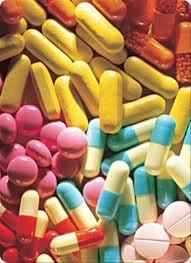
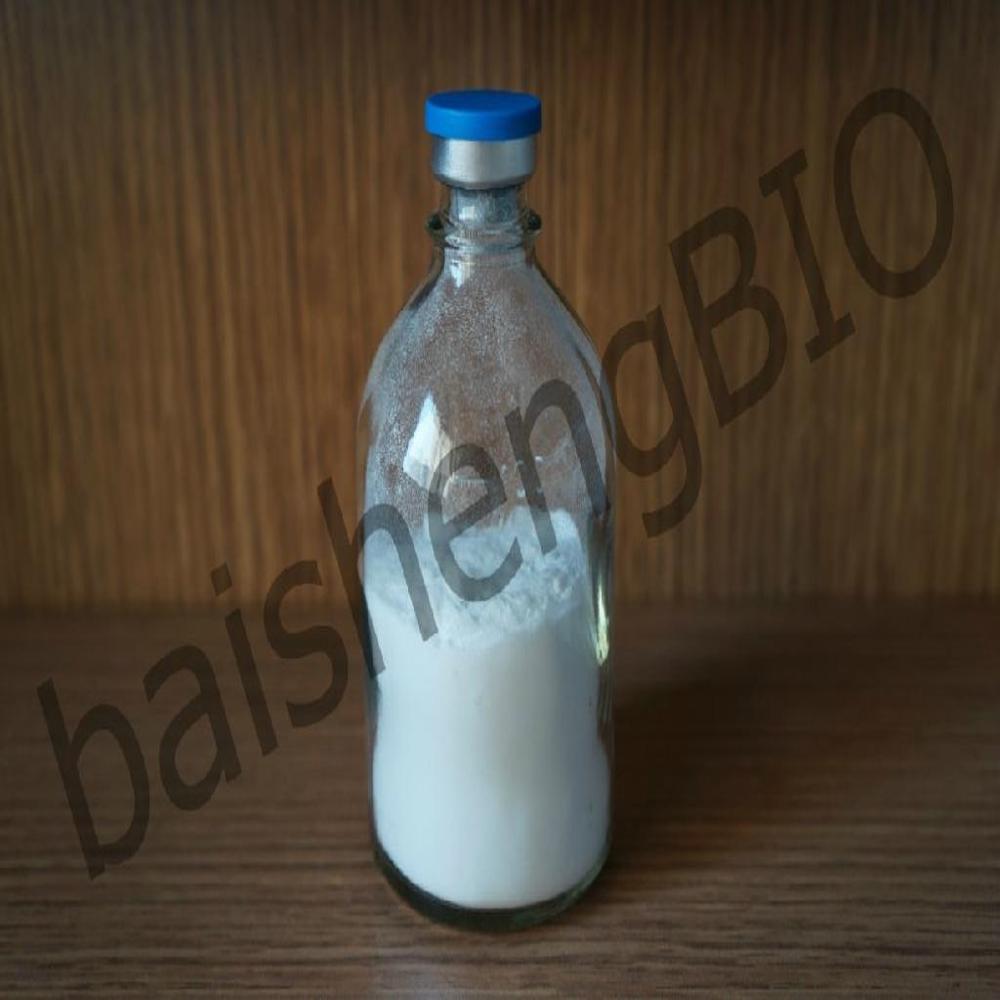
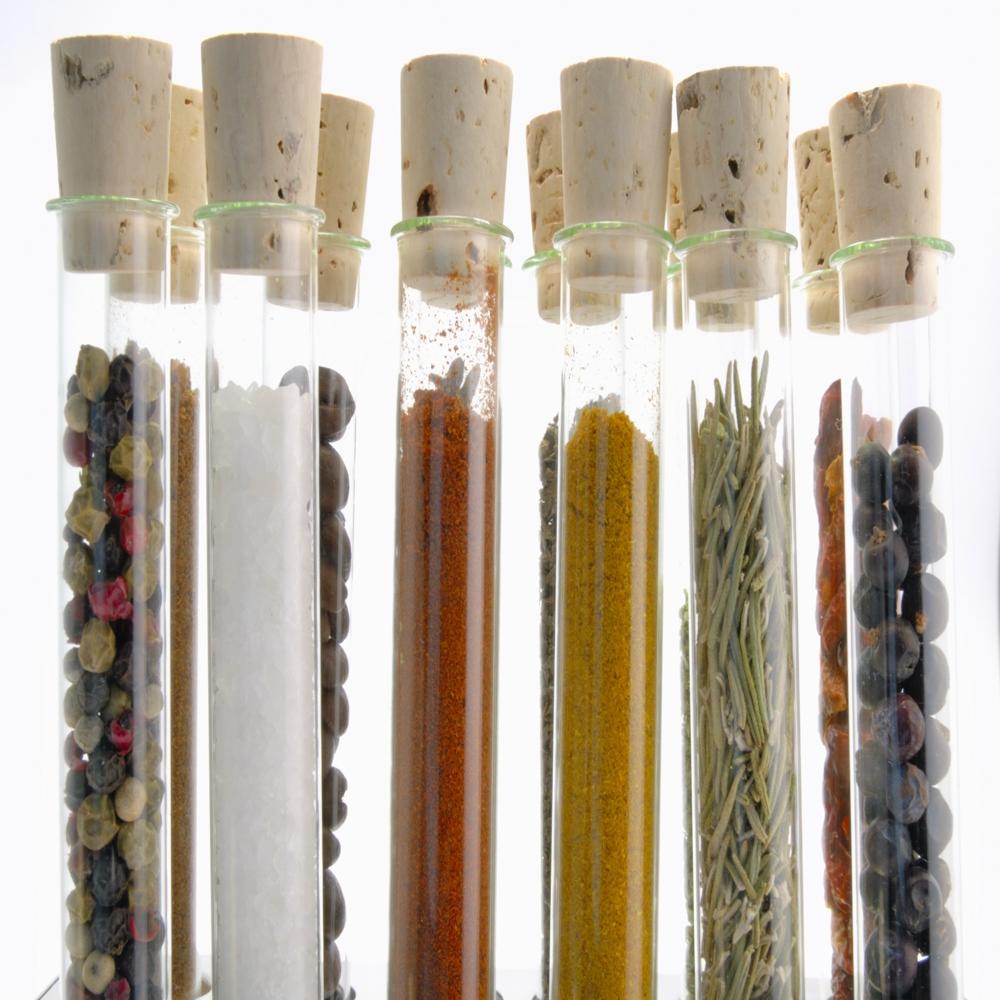
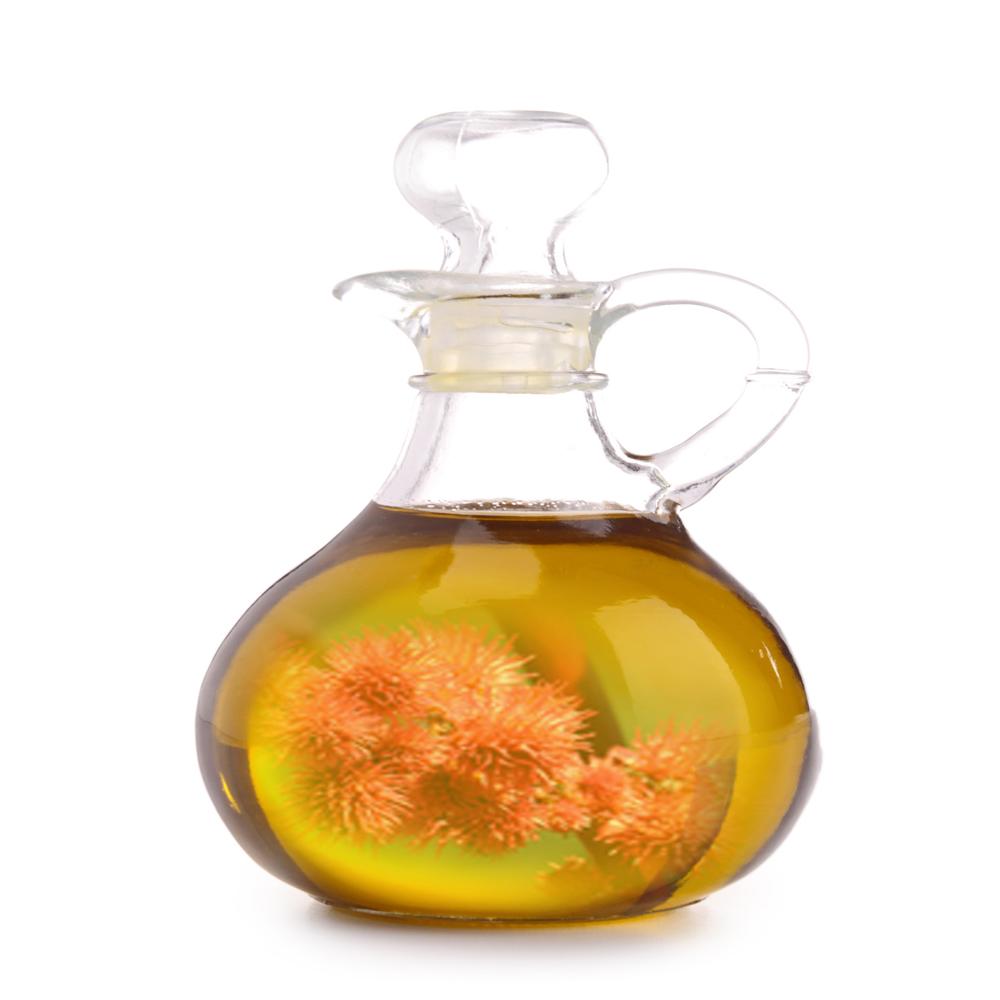
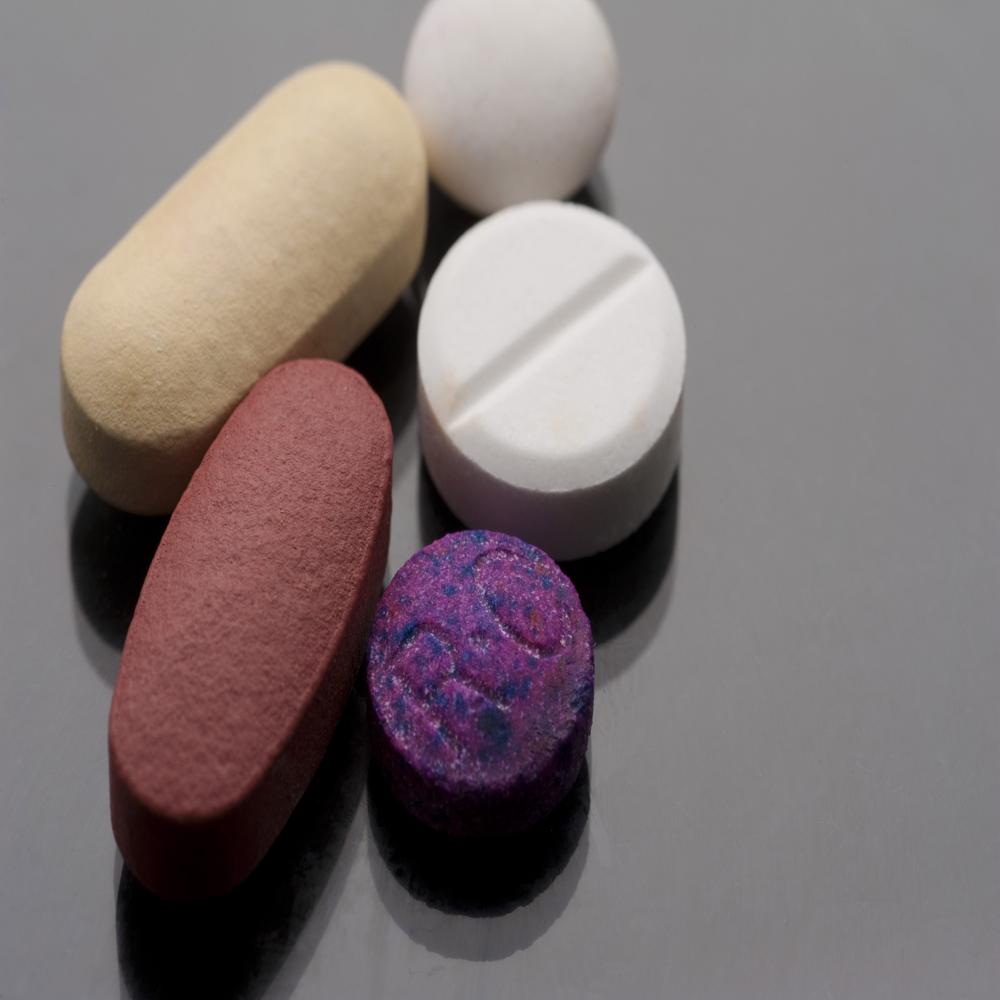
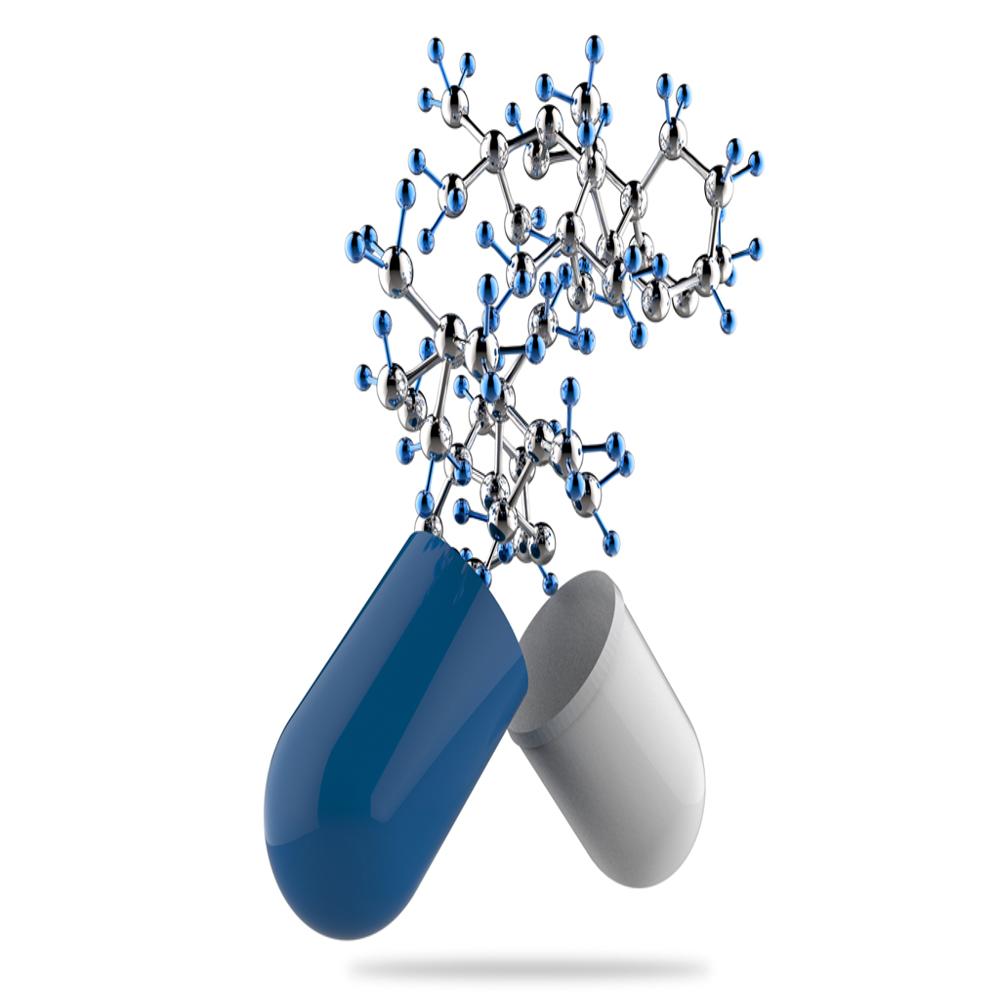






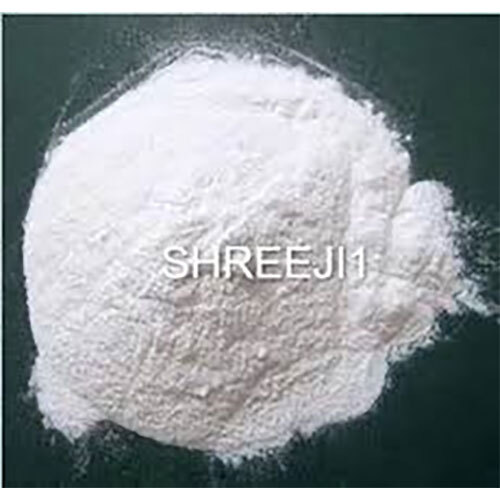
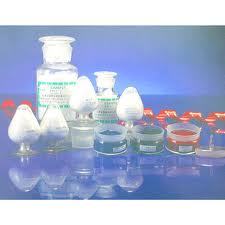
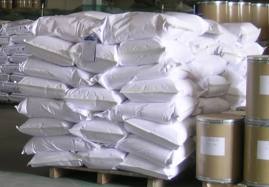

 : nilesh.sheth70
: nilesh.sheth70
